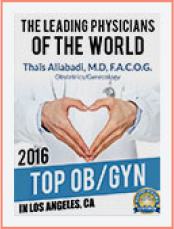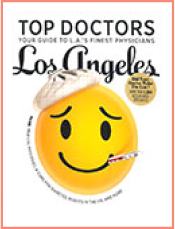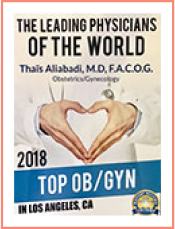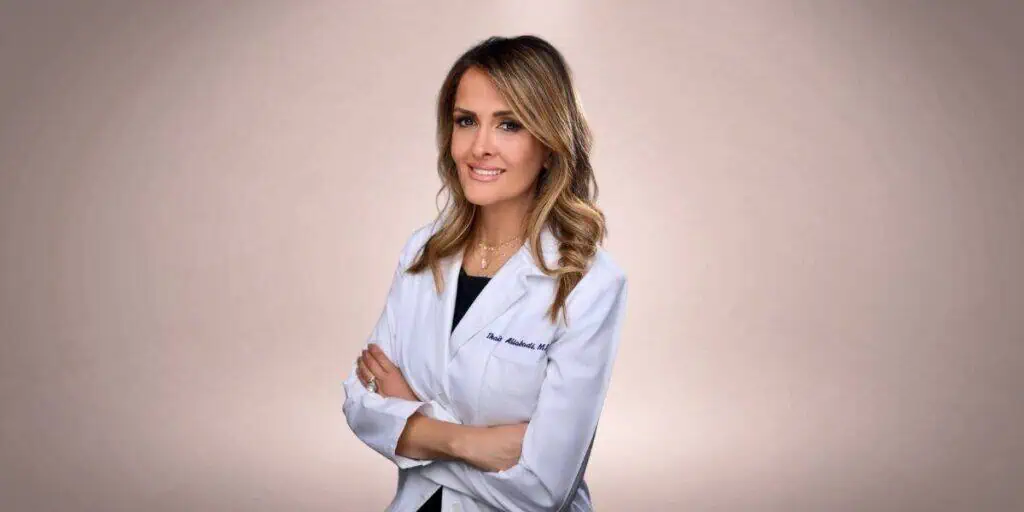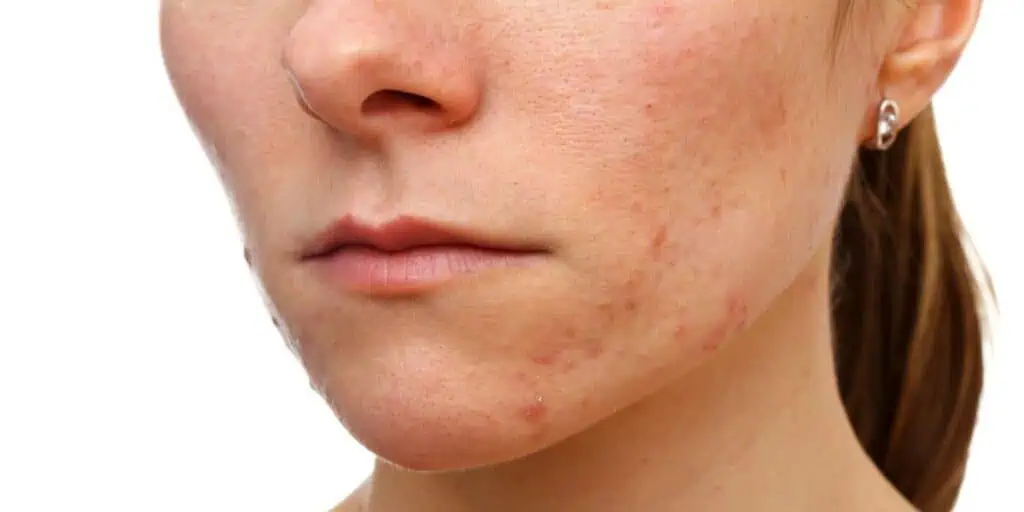When you receive a mammogram, you may notice new information included with your results: details about your breast density. Starting in 2024, women across the United States will be informed about their breast density following a mammogram, thanks to new regulations set forth by the Food and Drug Administration (FDA).
But what exactly is breast density, and why does it matter?
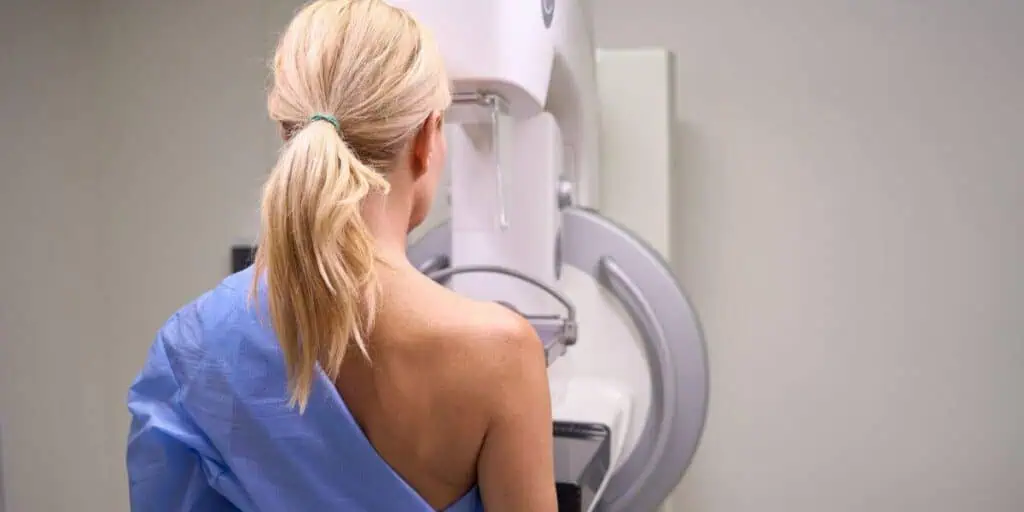
What is breast density?
Breast density refers to the proportion of different tissue types in your breasts. Breast anatomy comprises fatty tissue, glandular tissue, ducts, lobules, and connective tissue. Fatty tissue is less dense than glandular and connective tissue.
Typical areas of dense breast tissue include milk ducts, milk glands, and supportive tissues. When we talk about breast density, we’re referring to how much of your breast is composed of these dense tissues compared to fatty tissue.
This can only be determined by a mammogram, in which low-dose X-rays create an image of the breast. A radiologist can identify dense areas, as fatty tissue appears black on an X-ray, while denser fibrous tissue appears white.
Breast imaging is important for assessing breast density because dense breasts feel the same as less dense ones in a physical exam.
A family history of breast density can put you at risk for having dense breasts. However, the density of your breasts can change over time.
Factors that can affect breast density include having a low body mass index, hormone replacement therapy that includes estrogen and progesterone, breastfeeding, and menopause.
In general, younger women have denser breasts than older women who have gone through menopause.
What are the categories of breast density?
Dense breasts have more fibroglandular tissue than fatty tissue, but the ratio can vary. Depending on the proportion of dense tissue to less dense tissue, your breast density will fall into one of the following categories according to the Breast Imaging Reporting and Data System (BI-RADS).
- Mostly fatty: The breasts are mainly composed of fat with minimal glandular tissue.
- Scattered areas of density: Some dense tissues are scattered throughout the breast.
- Consistently dense: The breasts have more glandular and connective tissue than fat.
- Extremely dense: The majority of the breast is made up of dense glandular and connective tissues.
Why is breast density important?
Having dense breasts isn’t always a cause for concern. However, there are a few factors to consider when you have consistently dense or highly dense breasts.
The first is that dense breast tissue can make it harder to detect cancer. Dense breast tissue appears white on a mammogram, as does cancer, making it more challenging to identify potential cancer cells and tumors.
Fatty tissue, on the other hand, appears dark, making any abnormalities easier to spot during screening mammograms.
The second is a higher risk of breast cancer. Women with dense breasts have a slightly increased risk of developing breast cancer compared to women with primarily fatty breasts.
Additionally, women with dense breasts may be more likely to have a high risk of aggressive cancers that are larger and more likely to be lymph node-positive, such as ductal carcinoma in situ (DCIS) and invasive breast cancer, compared to women with less dense breasts.
While researchers are still studying exactly why this is, it’s one reason why understanding breast density is essential.
New mammogram guidelines: why are you being told about breast density?
Previously, not all women were informed about their breast density after regular mammograms. If they were, the report may have simply indicated that they have dense breasts.
This could leave women either uninformed about their level of density or unsure about what having dense breasts means. Fortunately, this is changing.
In 2024, the FDA updated its regulations to ensure that all women are notified about their breast density following a mammogram. This change aims to empower women with more information about their breast health and give them the opportunity to have informed conversations with their healthcare providers.
According to the FDA, this new rule ensures that all women are informed because breast density affects how well a mammogram can detect abnormalities. Being notified allows you to discuss whether additional screening tests, such as 3D mammography, breast ultrasound, or breast MRI, are appropriate based on your risk factors and density.
The National Cancer Institute is on board with this new ruling, noting that an average American woman has a 1 in 8 chance of developing breast cancer throughout her lifetime. Nearly half of the American women over age 40 have what can be considered dense breast tissue.
What does this mean for you?
If your mammogram report states that you have dense breasts, it’s essential to talk to Dr. Aliabadi about what that means for you. Here are a few things to keep in mind:
- Discuss additional screenings
For some women, particularly those with other risk factors for breast cancer, additional screenings may be recommended.
These could include imaging tests like ultrasound or MRI, which can provide a more detailed look at dense breast tissue or, in some cases, a biopsy.
- Consider your overall risk
Breast density is just one factor in assessing your risk for breast cancer. Family history, lifestyle, and genetics also play a role.
Dr. Aliabadi can help you evaluate your risk and recommend any additional steps to keep your breast health on track.
- Stay informed
Knowing your breast density and monitoring breast changes in density over time gives you the power to ask the right questions and make decisions that support your health.
If you have dense breasts, this doesn’t mean you’ll get breast cancer, but it’s one piece of the puzzle in managing your overall health.
Next steps for women with dense breasts
Breast cancer screening guidelines are constantly evolving as we learn more about breast health, and this new mandate from the FDA is a positive step toward giving women more control and information.
If your mammogram report mentions dense breasts, Dr. Aliabadi can guide you through your options and help you make the best choices for your health.
Consider Dr. Aliabadi for your health concerns
Dr. Aliabadi isn’t only an expert OB/GYN but is knowledgeable in all aspects of women’s health and well-being, including breast health and screenings. Dr. Aliabadi and her caring, supportive staff are available to support you through menopause, childbirth, infertility, or even just routine gynecological care.
We invite you to establish care with Dr. Aliabadi. Please make an appointment online or call us at (844) 863-6700.
The practice of Dr. Thais Aliabadi and the Outpatient Hysterectomy Center is conveniently located for patients throughout Southern California and the Los Angeles area. We are near Beverly Hills, West Hollywood, Santa Monica, West Los Angeles, Culver City, Hollywood, Venice, Marina del Rey, Malibu, Manhattan Beach, and Downtown Los Angeles.
Supplementary screening tests can help detect abnormalities that are missed on standard mammograms. However, not everyone with dense breasts may be recommended for additional tests, as these can increase the risk of a false-positive. Talking with your doctor about which screenings are right for you is best.
Magnetic resonance imaging (MRI) is often effective in screening dense breasts. Digital breast tomosynthesis (DBT), also known as 3D mammography or “tomo,” can be a good alternative to conventional mammography for women with dense breasts as it can aid cancer detection and lower the risk of false-positive results.
Sources:
https://www.cnn.com/2024/09/09/health/mammogram-breast-density-fda-wellness/index.html
